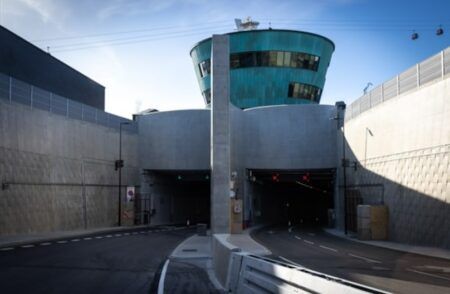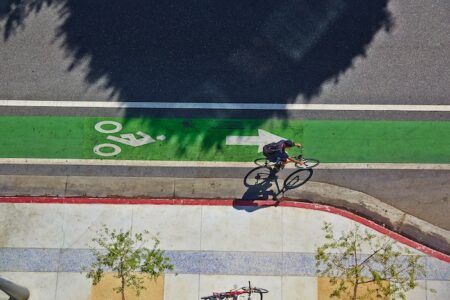A new study from the Massachusetts Institute of Technology (MIT) suggests that using carpooling options from companies such as Uber and Lyft could reduce the number of vehicles on the road by 75% without significantly impacting travel time, and while simultaneously reducing congestion, emissions and energy usage.
Led by Prof. Daniela Rus of MIT’s Computer Science and Artificial Intelligence Laboratory, researchers developed an algorithm that found that 3,000 four-passenger cars could serve 98% of taxi demand in New York City, with an average wait-time of only 2.7 minutes.
The team also found that 95% of demand would be covered by just 2,000 10-person vehicles, compared with the nearly 14,000 taxis that currently operate in New York City. Using data from three million taxi rides, the new algorithm works in real-time to reroute cars based on incoming requests, and can also proactively send idle cars to areas with high demand a step that speeds up service 20%, according to Rus.
While the concept of carpooling has been around for decades, it is only in the past two years that services such as Uber and Lyft have used smartphone data in a way that has made ride-sharing a cheap, convenient option.
In 2015 Lyft reported that half of its San Francisco trips were carpools. However, existing approaches are still limited in their complexity. For example, some ride-sharing systems require that user B be on the way for user A, and need to have all the requests submitted before they can create a route. In contrast, the new system allows requests to be rematched to different vehicles. It can also analyze a range of different types of vehicles to determine, for instance, where or when a 10-person van would be of the greatest benefit.
The system works by first creating a graph of all of the requests and all of the vehicles. It then creates a second graph of all possible trip combinations, and uses a method called ‘integer linear programming’ to compute the best assignment of vehicles to trips. After cars are assigned, the algorithm can then rebalance the remaining idle vehicles by sending them to higher-demand areas. The final product is what Rus calls an ‘anytime optimal algorithm’, which means that it gets better the more times it is run.
“Instead of transporting people one at a time, drivers could transport two to four people at once, resulting in fewer trips, in less time, to make the same amount of money,” said Rus. “To our knowledge, this is the first time that scientists have been able to experimentally quantify the trade-off between fleet size, capacity, waiting time, travel delay, and operational costs for a range of vehicles, from taxis to vans and shuttles. What’s more, the system is particularly suited to autonomous cars, since it can continuously reroute vehicles based on real-time requests. A key challenge was to develop a real-time solution that considers the thousands of vehicles and requests at once.”




